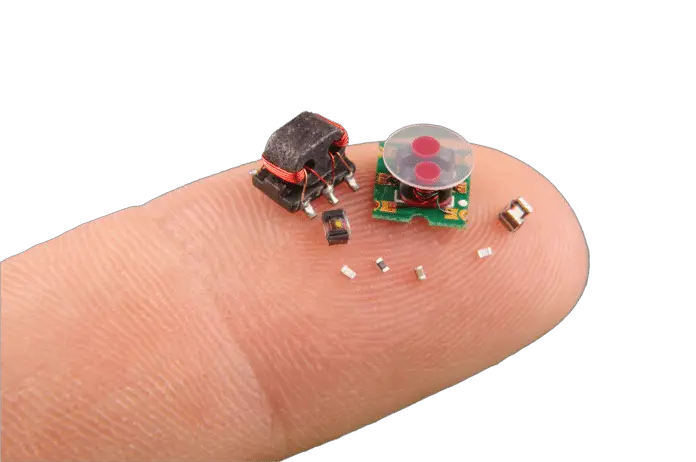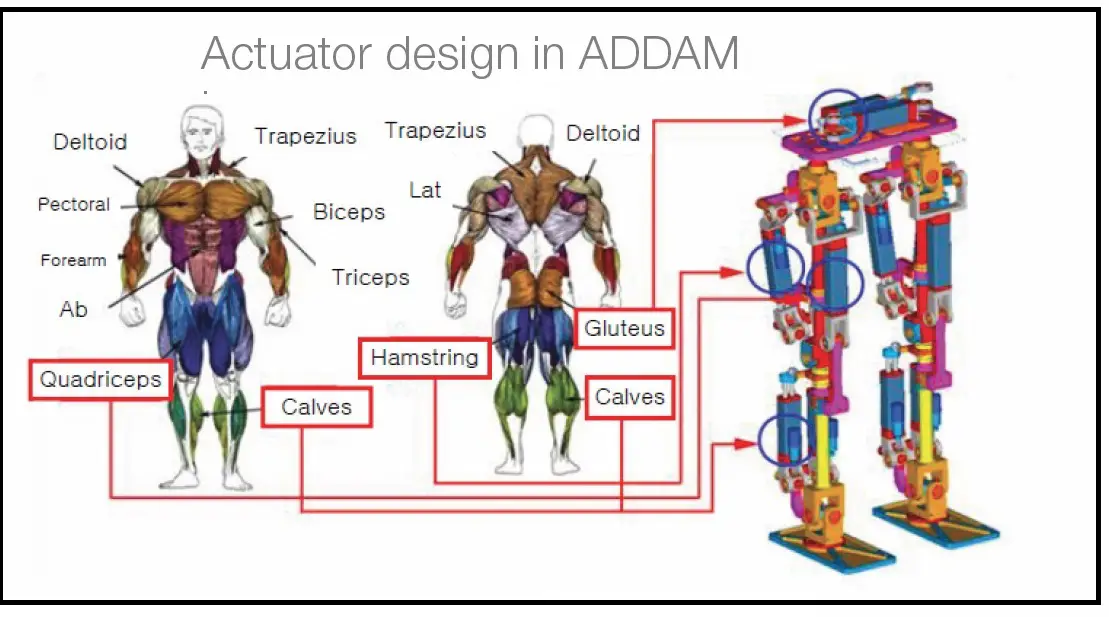MicroBots Can Now be Released by the Military During Natural Disasters

You’re probably familiar with the mad science division of the Pentagon, DARPA. They have spearheaded efforts and made research grants toward such things as self guided smart bullets, robots of war, weaponized artificial intelligence, and just about everything in-between.
Now, they have created yet another technology with an immense potential for abuse: small robots that could be deployed by the government in a time of disaster, supposedly to help clean something up or perform some innocuous task. People who know what the government does might be a bit more skeptical.
Given the title “SHRIMP,” or “Short-Range Independent Microrobotic Platforms,” DARPA claims the reason it wants to develop tiny robots for the US military is some altruistic, natural disaster-solving mission to preserve the safety of humanity.
It sounds just like an episode of Ghost in the Shell. In one episode, Japan used micromachines to clean radiation from the air after a planned bombing.
The robots developed by DARPA aren’t that small, they can fit on a person’s finger like this. These are the components of one of the tiny robots.

The “disaster robots” were justified in a press release from DARPA, in which they claimed that the micro-robots would be useful in, for instance, the event of an earthquake which would cause the destruction of buildings and structures.
DARPA has a Microsystems Technology Office, or MTO. Its program manager for this project, Dr. Ronald Polcawich said:
“Whether in a natural disaster scenario, a search and rescue mission, a hazardous environment, or other critical relief situation, robots have the potential to provide much-needed aid and support.”
“However, there are a number of environments that are inaccessible for larger robotic platforms. Smaller robotics systems could provide significant aide, but shrinking down these platforms requires significant advancement of the underlying technology.”

Articles about this awkwardly tried to reassure the reader that the goal of this technology was “noble.” According to a science website called Edgy Labs:
“These goals remain noble, but the technology to get micro and milli robotics lags behind.
Besides the goal to have SHRIMP robots help in disasters, DARPA wants the program to improve overall understanding of actuator technologies.”
A few distinct factors were considered in the development of such robotics, and they were listed as:
– dexterity
– robotic platform mobility
– strength-to-weight ratio
– load-bearing capacity
– force generation
– overall efficiency
– max work density
– robotic platform mobility
– strength-to-weight ratio
– load-bearing capacity
– force generation
– overall efficiency
– max work density
Naturally, the development of ultra-tiny robots must be dependent on this strength to weight ratio, and Polcawich emphasized that its a huge factor on the overall endurance and load-bearing capabilities of any sized robot that is “actuator-based.”
Articles about this are emphasizing that “actuator improvements” are a new, important development in the field or robotics, and that DARPA is using their nearly bottomless US military funding to get into it.
It was specifids that different types of actuators are applied to specific kinds of robots. Hydraulic actuators for example have a requirement for incompressible fluid. In contrast, a pneumatic actuator is reliant on pneumatics, or the principle of pressurized air/gas.
Actuating materials may even be used to create artificial robotic muscles. If you understand how cars can be propped up with hydraulic tools, you could imagine how that technology may be used to make robotic muscles.

But see, the last people on Earth you’d want to trust with all this is the US military, and their entity DARPA likes to hold competitions to persuade people to feed them their ingeniuty and intelligence, so the military can harvest it and use it for their purposes. Continuing from Edgy Labs:
“In the spirit of innovation, DARPA introduced a competitive element to their SHRIMP platform research. The National Institute of Standards and Technology (NIST) will evaluate each project at their Robotics Test Facility.
These evaluations will determine a disaster robot’s potential field functionality through a series of tests involving mobility, speed, load-bearing capabilities, and more.
Perhaps these research projects will affect nanobot technology in the future, as well.”
Aucun commentaire:
Enregistrer un commentaire